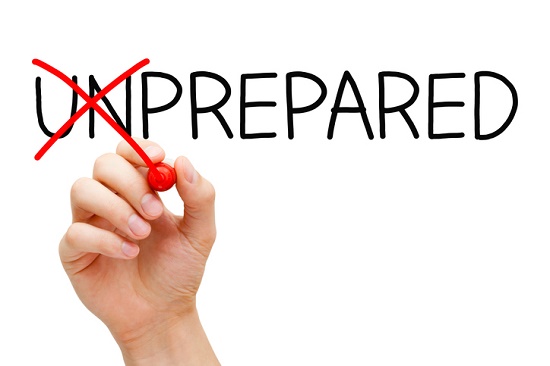
Getting new hearing aids is an intensive process that is different for every individual – there are no “off-the-shelf” solutions or models. To ensure that you get the most out of your hearing aids, it’s important to prepare for each step of the way and to work with a qualified hearing care professional.
Here’s how to plan for every step of the process.
Before your appointment
At your hearing test, your hearing care professional will test your hearing, review the results, and help you decide if hearing aids are right for you. The best thing you can do before your appointment is to compile a list of questions to review with your hearing care professional.
You’ll need to ask these questions in addition to any others you have:
What type of hearing loss do I have? Is it mild, moderate, severe, or profound?
Are hearing aids a viable solution for my hearing loss situation?
Will I need a hearing aid for both ears?
Which hearing aids would best fit my needs? How can I balance features with cost?
What options do I have for paying for my hearing aids? (Insurance, credit, installment plans, state programs, etc.)
At your appointment
Some patients encounter their first hearing test and enjoy good results without hearing loss. In that event, you may not need hearing aids now, but at least you’ll have that hearing test as a baseline to measure against any future tests.
If your tests indicate hearing loss that impacts your quality of life, and that you may benefit from hearing aids, your hearing care professional will review your options with you.
If your tests indicated a need for hearing aids, make sure to cover all of the following aspects with your hearing care professional before making a decision:
Programmability – Again, there are no “out-of-the-box” hearing aids that simply work on the first try. Most models are digital and programmable today and your hearing care professional should program them to fit your individual hearing loss situation.
Style – hearing aids come in several sizes and styles, from models that sit behind the ear to models that fit entirely within the ear canal. You’ll want to balance price, ease-of-use, functionality, and aesthetics in making your decision.
Wireless connectivity – several hearing aid models can hook up wirelessly to compatible smartphones. That way, you can discreetly adjust volume and settings, send phone calls directly to your hearing aids, and even stream music all without any wires or the need for a separate hearing aid remote control.
Advanced features – some hearing aids come equipped with additional advanced features, like directional microphones to enhance speech, background noise reduction, environmental settings, and telecoils for clearer phone calls. You may also want to forgo some of these options and opt for a more cost-effective model.
This may all seem confusing, but your hearing care professional is trained to help guide you through the decision-making process. Of course, if someone tries to rush or steer you to a decision without addressing your questions, that should be a red flag.
At home
After your hearing aids have been programmed by your hearing care professional and you’re ready to take them home and give them a go. But you should keep two things in mind.
First, you won’t fall in love with your hearing aids the moment you put them in. You’ll likely be hearing sounds you haven’t heard in a while, and the overall sound will just seem “off.” This is perfectly normal and, after a few weeks, will subside.
We recommend starting small at home. Try watching a movie and paying particular attention to the dialogue, engage in one-on-one conversations in a quiet room, and try listening to music and picking out or following certain instruments.
Also, your hearing aids may seem a little uncomfortable at first. This is also normal. Please try to wear your hearing aids as much throughout the day as you can, putting them in when you wake up and taking them out before bed. This will speed up the adjustment process, and after a few weeks, you’ll be glad you put in the effort.
Also remember that your hearing aids can be adjusted, so if you continue to have difficulty hearing or adapting to the new sound, schedule a follow-up visit with your hearing care professional to fine-tune the settings.
Second, to ensure continued performance, you’ll need to properly maintain and care for your new hearing aids. This means daily cleaning, proper storage, and managing your battery supply.
Set yourself up for success with your new hearing aids by getting plenty of tips from your hearing care professional, as well as the supplies you need to take care of them, including: Hearing aid cleaning kits, storage cases/sanitizers, and batteries.
After this short adjustment period, you can really begin to enjoy the all the benefits of better hearing. If you have any other questions about hearing aids, or the process of acquiring them, give us a call!
